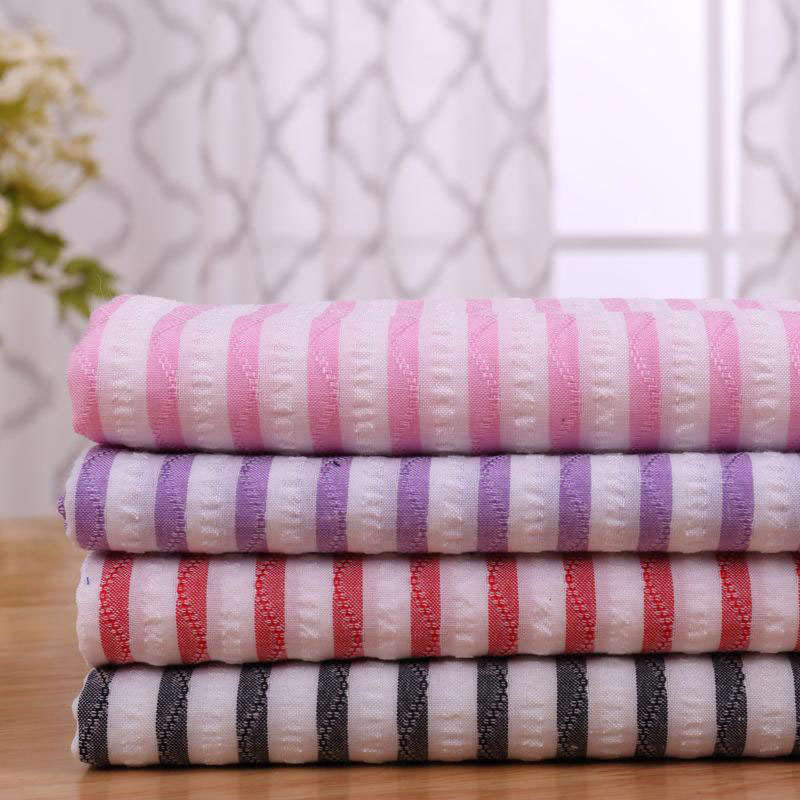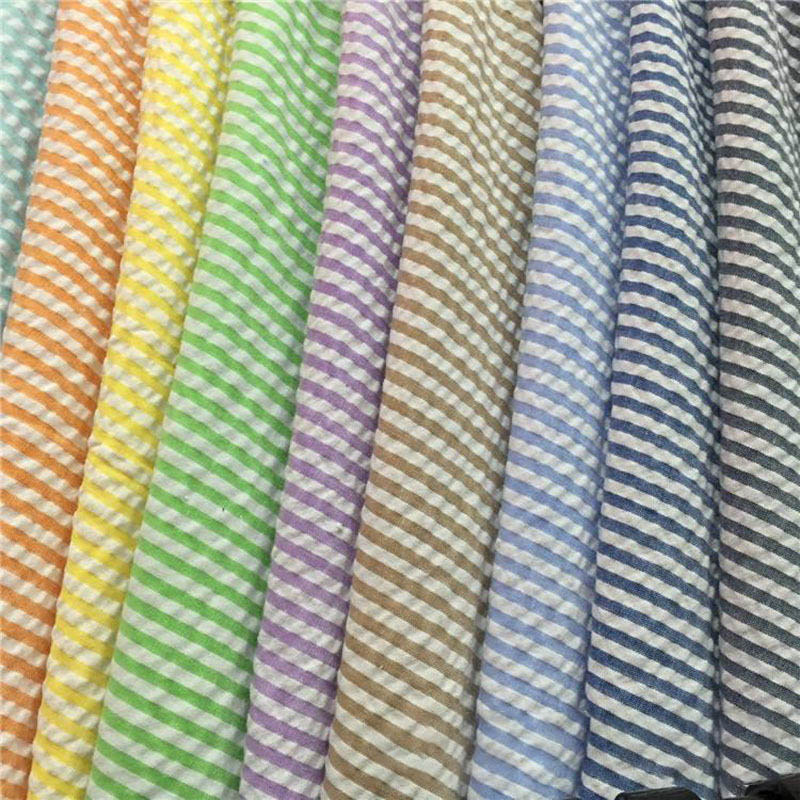.jpg?x-oss-process=image/resize,h_400,m_lfit/format,webp)
In today's fast-growing fashion industry, economical fashion fabrics, with their dual characteristics of elegance and practicality, have gradually become the new favorite of the market. With the increasing awareness of environmental protection, consumers not only pay attention to the design and comfort of products, but also pay more attention to the ecological impact behind them. This article will explore the future of economical fashion fabrics in depth, especially the combination of sustainability and innovation.
Economical and fashionable fabrics usually refer to those fabrics that are both economical and environmentally friendly while ensuring texture and beauty. They not only provide consumers with fashionable choices, but also reduce resource consumption and environmental pollution during the production process. Therefore, choosing economical and fashionable fabrics is not only a fashion statement, but also an active practice of the concept of sustainable development.
.jpg)
As resources become increasingly scarce, how to ensure fashion while achieving sustainability has become an urgent problem for the industry. In recent years, more and more brands have begun to pay attention to the selection of materials and the improvement of production processes. Through innovative technologies, a variety of environmentally friendly and economical fabrics have been developed, such as harmless dyes made from recycled materials or natural fibers, and waterless dyeing technology, which have provided new solutions for the sustainable development of the industry.
As consumers' demand for sustainable products increases, economical fashion fabrics are facing unprecedented market opportunities. According to relevant research, the global sustainable fashion market is expected to expand at an average annual growth rate of more than 10% in the next few years. Major brands have launched a series of products based on environmentally friendly materials, among which flannel dyeing and printing and poplin yarn-dyed fabrics are favored by consumers due to their comfort and environmental protection characteristics.

The future of economical and fashionable fabrics is full of hope. The combination of sustainability and innovation can not only meet the needs of today's consumers, but also point the way for the entire industry. We look forward to creating more environmentally friendly and fashionable choices through continuous technological innovation and material research and development, and contributing to global sustainable development.

